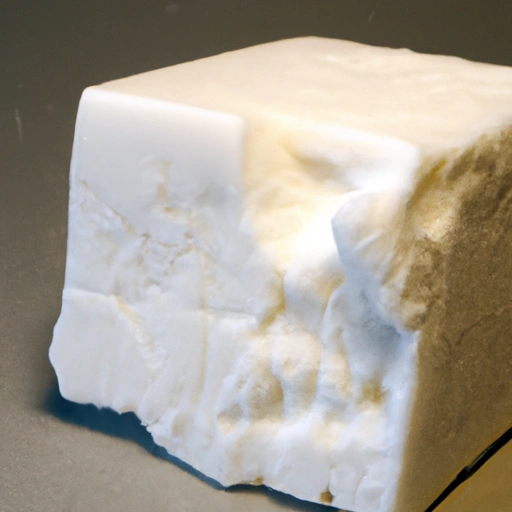Shortening
Description

Shortening is a type of fat used in cooking and baking, known for its ability to give foods a tender, flaky texture. It is solid at room temperature and can be made from animal fat or vegetable oils that have been hydrogenated to remain solid. In recipes, shortening is often used to create the desired consistency in doughs and batters, and it's appreciated for its high smoking point and shelf stability. When perusing recipes, you may encounter various units of measurement for shortening, including grams (g) and kilograms (kg) in the metric system, ounces (oz) and pounds (lb) in the American system, and cups and tablespoons in both American and European recipes.
Common uses
Shortening is commonly used to create tender and flaky pastries, pie crusts, and biscuits. It's also favored for frying, as it does not impart a distinct flavor to foods and has a high smoke point, making it suitable for high-temperature cooking.
Nutritional value
Calories
Shortening is energy-dense, with approximately 884 calories per 100g or about 125 calories per tablespoon (13g).
Protein
Shortening contains no protein.
Fat
Shortening is almost 100% fat, with a 100g serving providing approximately 100g of fat, which may include saturated, monounsaturated, and polyunsaturated fats depending on the source.
Carbohydrates
Shortening contains no carbohydrates.
Vitamins
Some types of shortening may be fortified with fat-soluble vitamins such as vitamin A or D.
Minerals
Shortening typically does not contain minerals unless it is fortified. Some brands might have small amounts of added minerals like sodium.
Health benefits
While shortening is not typically associated with health benefits, some vegetable-based shortenings may provide a source of certain unsaturated fats, which can be part of a balanced diet when used in moderation.
Potential risks
Consuming high amounts of shortening, especially those high in trans fats due to hydrogenation, can be associated with an increased risk of heart disease and other health issues. It's recommended to limit intake and choose trans fat-free options when possible.
Common recipes
Shortening is an essential ingredient in many traditional recipes, including pie crusts, cookies, and fried foods. It is especially prized for its ability to produce a tender crumb and flaky texture in baked goods.
Cooking methods
Shortening can be used in a variety of cooking methods, including baking, sautéing, and deep-frying. It is particularly useful for recipes that require a fat with a high smoke point.
Pairing with other ingredients
Shortening pairs well with a range of flavors, from sweet to savory, and can be used with many types of flour, sugar, and other baking ingredients to create a desired texture and richness in dishes.
Summary
Shortening is a versatile and commonly used fat in both home and commercial baking and cooking. With a high smoke point and the ability to create tender, flaky textures, it is a staple in many kitchens. However, health considerations should be taken into account when choosing and using shortening, looking for non-hydrogenated and trans fat-free options when possible. Understanding its use and measurement in recipes is key for cooks around the world.